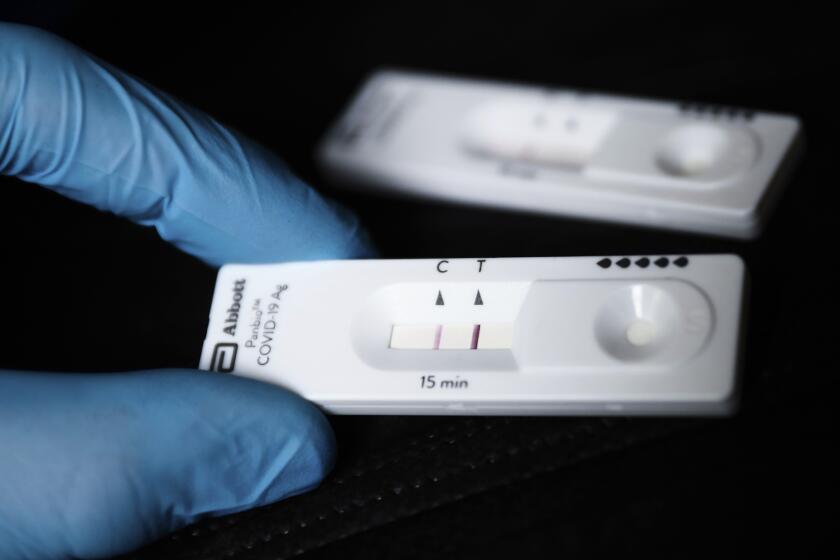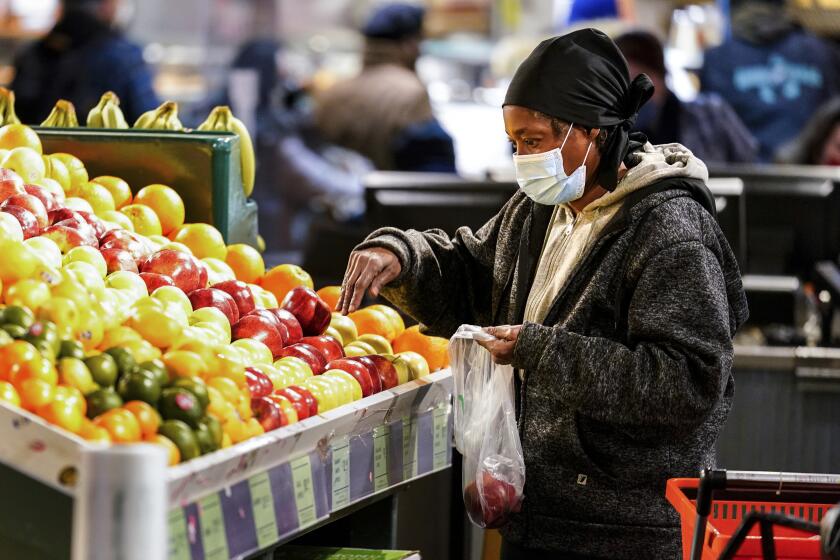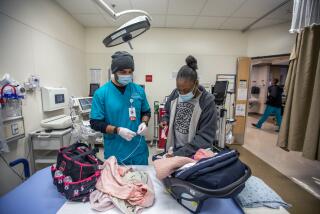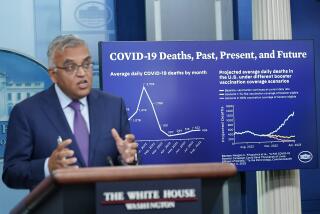A third of U.S. should be considering masks, officials say

Coronavirus infections are on the rise in the United States and could get even worse over the coming months, federal health officials warned Wednesday as they urged the hardest-hit areas to consider reissuing calls for indoor masking.
Increasing numbers of COVID-19 cases and hospitalizations are making more of the country subject to guidelines issued by the U.S. Centers for Disease Control and Prevention that call for masking and other infection precautions.
About a third of the U.S. population lives in areas that are considered at higher risk — mostly in the Northeast and Midwest. Those are areas where people should already be considering wearing masks indoors. But Americans elsewhere should also take notice, officials said.
“Prior increases of infections, in different waves of infection, have demonstrated that this travels across the country,” Dr. Rochelle Walensky, the CDC director, said at a White House briefing.
For an increasing number of areas, “we urge local leaders to encourage use of prevention strategies like masks in public indoor settings and increasing access to testing and treatment,” she said.
However, officials were cautious about making concrete predictions, saying how much worse the pandemic gets will depend on several factors, including to what degree previous infections will protect against new variants.
Officials remain hopeful that California can avoid the significant increases in coronavirus hospitalizations seen on the East Coast.
Last week, White House COVID-19 coordinator Dr. Ashish Jha warned that the U.S. will be increasingly vulnerable to the coronavirus later in the year if Congress doesn’t swiftly approve new funding for more vaccines and treatments. Without additional funding, the virus would cause “unnecessary loss of life” in the fall and winter, when the U.S. runs out of treatments, he said.
Jha added that the U.S. was already falling behind other nations in securing supplies of the next-generation of COVID-19 vaccines and said the domestic manufacturing base of at-home tests is already drying up as demand drops off.
Domestic test manufactures have started shutting down lines and laying off workers, and in the coming weeks will begin to sell off equipment and prepare to exit the business of producing tests entirely unless the U.S. government has money to purchase more tests, like the hundreds of millions it has sent out for free to requesting households this year, he said.
That would leave the U.S. reliant on other countries for testing supplies, risking shortages during a surge, Jha warned. About 8.5 million households placed orders for the latest tranche of eight free tests since ordering opened Monday, Jha added.
The Biden administration announced Tuesday that each U.S. household can order eight free at-home test kits, on top of the eight previously made available.
The U.S. has seen — depending how you count them — five waves of COVID-19 since the pandemic began more than two years ago. The most recent wave occurred mainly in December and January, fueled by the highly transmissible Omicron variant.
Some experts are worried the country is seeing signs of a sixth wave, driven by an Omicron subvariant. On Wednesday, Walensky noted a steady increase in coronavirus cases in the last five weeks, including a 26% increase nationally in the last week.
Hospitalizations also are rising, up 19% in the last week, though they remain much lower than during the Omicron wave, she said.
In late February, as that wave was ebbing, the CDC unveiled a new set of measures for communities where COVID-19 was easing its grip, with less of a focus on positive test results and more on what’s happening at hospitals.
U.S. officials say most Americans live in places where healthy people no longer must wear masks. But they’re still required on public transit.
Walensky said more than 32% of the country live in an area with medium or high COVID-19 community levels, including more than 9% in the highest level, where the agency recommends that masks and other mitigation efforts be used.
Officials said they are concerned that waning immunity and relaxed mitigation measures across the country may contribute to a continued rise in infections and illnesses across the country. They encouraged people — particularly older adults — to get boosters.
Some health experts say the government should be taking clearer and bolder steps.
The CDC’s COVID-19 community levels are confusing to the public and don’t give a clear picture of how much virus transmission is occurring in a community, said Dr. Lakshmi Ganapathi, an infectious-diseases specialist at Harvard University.
When the government officials make recommendations but do not set rules, “it ultimately rests on every single individual picking and choosing the public health that works for them,” she said. “But that’s not what is effective. If you’re talking about stemming hospitalizations and even deaths, all of these interventions work better when people do it collectively.”









